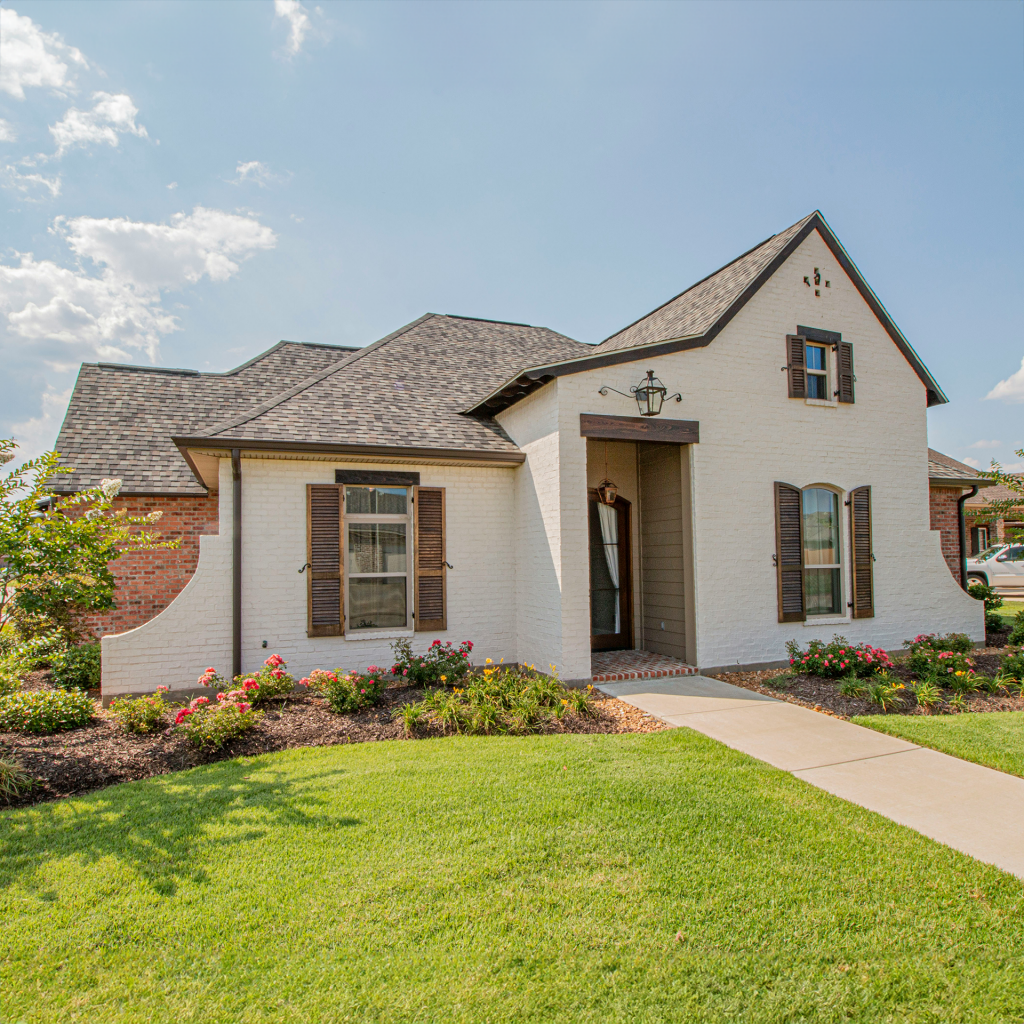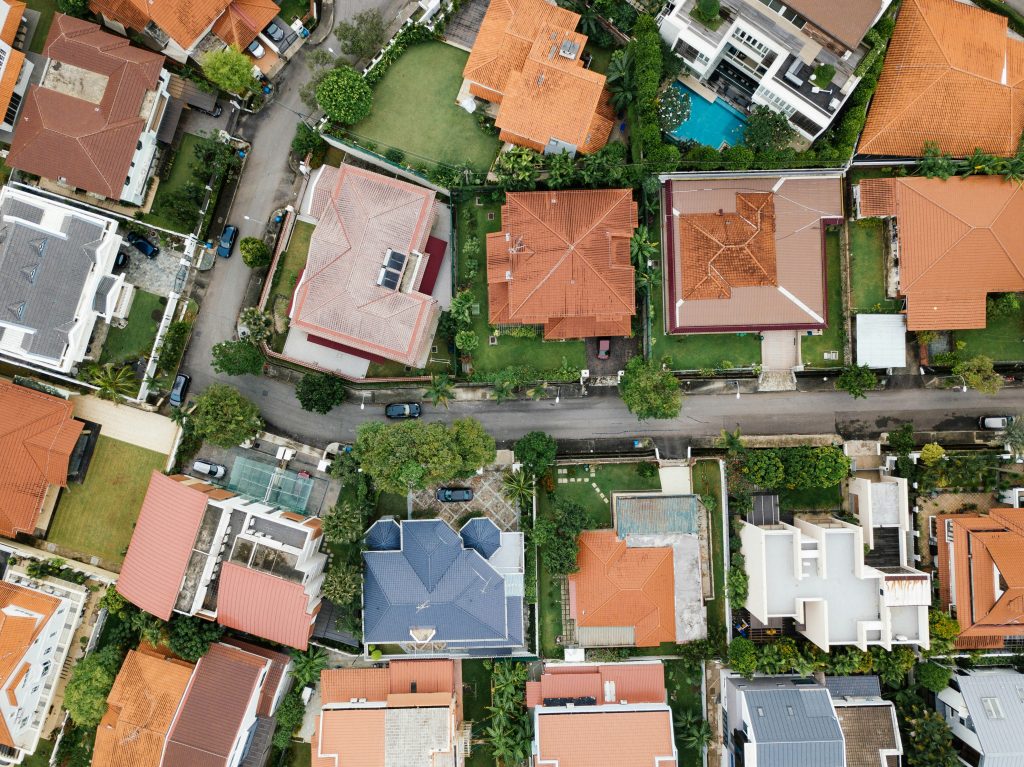In April 2024 it was made mandatory that all new build developments ‘subject to BNG must demonstrate how the development site meets the minimum mandatory requirement of 10% BNG over the pre-development value of the site.’ [Wandsworth.gov.uk, 10th April 2024] in order to pass planning regulations.
The government information on these new guidelines can be overwhelming, so let’s break it down without the jargon.
The Environment Act and Biodiversity Net Gain (BNG) have been put in place to better care for England’s green spaces whilst supporting development. To put it simply, for every home built, there must be a slice of biodiverse land to match it, be this on-site or off-site.
This is no ordinary land however, it has to be more than maintained, it has to be cared for, for a minimum of 30 years. The aim of this land is to give back to the planet and ensure we preserve a place for our national wildlife.

What Are BNG Units?
Think of the units like squares of land. For every square of land that is built upon or from which flora is removed, developers must replace this with valuable biodiverse land.
The units are lost in housing development but gained through work creating and enhancing habitats. The aim is to replace and improve the land lost to the development of homes.
Land is examined for its value by a qualified ecologist who is a member of the Chartered Institute of Ecology and Environmental Management (CIEEM). In the case of a small site, it does not need to be a registered ecologist, but they must submit the small sites metric.
The ecologist will assign appropriate value and calculate units lost. This is also true for the land used to replace and gain units. An ecologist will measure the biodiversity value of the habitat using the Statutory Biodiversity Metric to calculate loss and determine if the new habitat sufficiently replaces units lost and the additional 10% required.
The ecologist will assign appropriate value and calculate units lost. This is also true for the land used to replace and gain units. An ecologist will measure the biodiversity value of the habitat using the Statutory Biodiversity Metric to calculate loss and determine if the new habitat sufficiently replaces units lost and the additional 10% required.
What To Do
Look to the Gain Site Register.
This resource will help housing developers participate in off-site BNG by listing their biodiverse land and viewing unallocated habitats up for use. This portal is also shared with local planning authorities to monitor and check any planning permission submitted has the required BNG units registered.
A developer can use this resource to check on and register their on-site BNG. A developer would need to employ an ecologist to determine how much of the total land is lost and the value of the remaining land as BNG.
If a development is made in green space, it is possible to gain units through a mixture of on-site and off-site. By creating biodiverse land within the red-line boundary of the development site and on land they own elsewhere. There is also the option to buy units through companies that own land maintained for this purpose.
In the case of a city or town development, it is a given that green spaces are few and far between, so developers can register their biodiverse land elsewhere.
If all options are unavailable, it is possible to buy Statutory Biodiversity Credits from the government. However, this is absolutely a last resort. The revenue from these sales will be invested in habitat creation in England on behalf of those who have paid for biodiversity credits.
Who Does This Apply To?
It is important for all developers to know about the guidelines, as even if exempt a biodiversity statement must be presented listing the reasons for exemption and evidence in support of this.
For a full detailed list of exemptions see the government website. But presented here is a quick overview of those exempt:
- Existing planning applications and variations of planning applications.
- Developments that impact (reduce the biodiversity value of) less than 25 metres (5x5m) of on-site habitat or 5 metres of on-site linear habitats such as hedgerows.
- Small householder applications such as home extensions, lofts and conservatories.
- Self-build and custom-build homes that do not exceed 9 dwellings on a site no larger than 0.5 hectares 03 1.2 acres.
- Any developments part of, or ancillary to, a high-speed railway network.
- Crown developments.
- Those granted permission by a development order.
Although these may be exempt from BNG, they are still subject to existing legislation and must be aware of their impact on biodiversity and make efforts to mitigate this on-site to the best of their ability.

It is recommended that much of the calculation and considerations be done before submitting planning and at the design stage so as to expedite the process. As things settle and the country becomes familiar with this new legislation, we are happy to provide advice and guidance for developers. In the future will be building a way to help account for any costs BNG may incur for housing developers in our estimations.
We can provide a professional estimate to help you organise your project and keep everything on budget. Just give us a call and we can do the rest!

